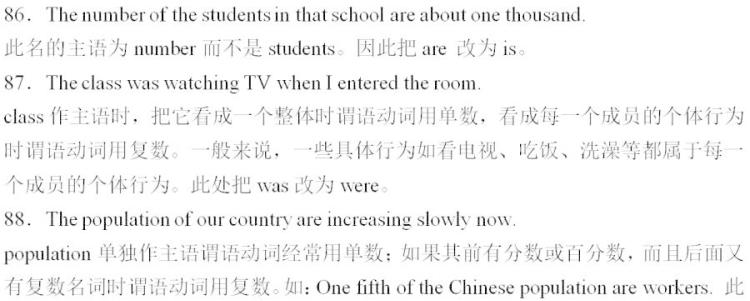在英语的倒装虚拟语气中,"not"的位置取决于句子的结构。如果是be动词,"not"应放在其后,如"Were I not sick, I would go to the party."。对于其他动词,"not"应放在动词后,如"Had he not studied hard, he would not have passed the exam."。理解这一规则有助于正确使用虚拟语气,写出优美的英语句子。

首先,我们来看一下基本的虚拟语气结构:If + 主语 + 动词的过去式,主语 + would/could/might + 动词原形。例如:If I had more time, I would travel around the world. 如果我有更多时间,我会周游世界。
当把这个句子改成倒装结构时,就变成了:Had I more time, I would travel around the world. 虚拟语气中的had要放在句首,构成倒装结构。
但是,如果这个句子中有not,那not应该放在哪里呢?我们来看一下下面这个例子:If I were not sick, I would go to the party. 如果我不生病,我会去参加聚会。
倒装后,这个句子就变成了:Were I not sick, I would go to the party. 这时,not就要放在be动词(were)之后,而不是放在动词(go)之后。
再看一个例子:If he did not study hard, he would not pass the exam. 如果他不努力学习,他就无法通过考试。
倒装后,这个句子就变成了:Had he not studied hard, he would not have passed the exam. 这时,not要放在动词(studied)之后,而不是放在助动词(had)之后。
所以,倒装的虚拟语气中的not放哪里,要根据具体的句子结构来确定。在be动词后面放not,而在其他动词后面放not,这样才能保证句子结构正确,语法通顺。

